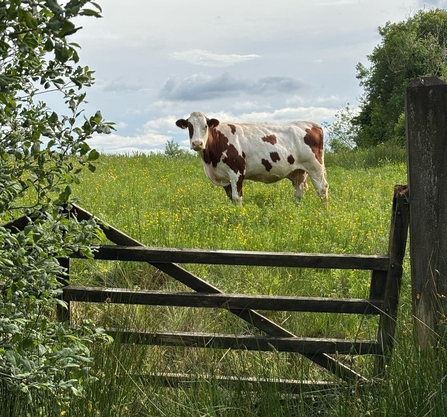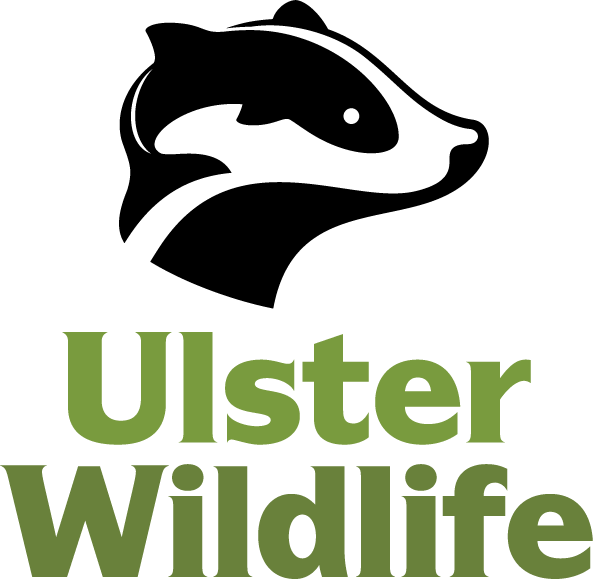
Cows, Carbon and Cuts: It’s not black and white

Climate change is here, and farming is on the frontline
Public debate on climate has taken a strange turn. Global “post-truth” politics has made it acceptable to question basic science, fueling doubt about climate change itself. Yet the evidence is undeniable, with 2024 the warmest year on record, around 1.55°C above pre-industrial levels (WMO, 2025). Whilst some political parties are promising to roll back on climate promises, the UK’s Climate Change Committee is recognising the speed of change and failure to act, in October 2025 it advised the government to plan for at least 2°C of warming (recognising a likely overshoot on 1.5°C) and to test infrastructure for 4°C scenarios.
Extreme weather is no longer theoretical. Floods, droughts, and storms are already causing widespread disruption including undermining yields and food security. The 2025 UK cereal harvest was the second worst on record and the third disastrous harvest in a decade. Farmers are actually living the climate crisis while others merely debate it.
So, can farming survive net zero? Yes, and it must. The world still needs food, but farming must adapt, not defend the status quo.
Metrics and distractions
At the heart of agriculture’s climate debate lies a fixation with metrics. Standardised measures of Greenhouse Warming Potential (GWP) compare gases such as methane, carbon dioxide, and nitrous oxide, but they don’t reflect how differently these gases behave in the atmosphere.
GWP-100, the current global standard, casts methane-producing ruminants as high-impact emitters. GWP*, a newer method, recognises methane’s short lifespan and suggests that a stable herd adds little additional warming over time. A sharp reduction in livestock numbers would create a short-term cooling pulse, but once emissions stabilise at a lower level, that benefit fades.
But these measures describe gases, not systems. Focusing on cow methane while ignoring the fossil fuels behind fertiliser production, imported feed from deforested South America, diesel-powered farm operations, and the neglect of soil as a tool for carbon sequestration and biodiversity misses the real drivers of emissions. When the system, not the cow, is the emitter, cutting stock without reforming inputs changes nothing.
But focusing narrowly on methane and metrics is like blaming the thermometer for the fever. It tells you something is wrong but not what’s causing it.
Carbon tunnel vision and unintended consequences
Carbon has become the universal scorecard for success or failure. But farming isn’t a widget factory; it’s a living, interdependent system.
If we manage only for carbon, we risk fixing one problem and creating several others. Biodiversity, air, and water remain the poor relations of environmental policy. Climate change has statutory targets and budgets, while nature recovery does not. The result is that poorly thought-out carbon-wins can lead to more pollution pressures and ecological losses.
Replacing methane-emitting cows with pigs and poultry might look efficient on paper, but it would increase nitrogen, ammonia, and phosphorus pollution and strip biodiversity from the landscape.
Under today’s carbon accounting logic we could (if delivered) earn a gold star for carbon but score a D-minus for the environment, with dirtier rivers, poorer air, and sick soils.
The real measure of success is not how little carbon leaves the farm gate, but how healthy the land, air, and water are when it does.
It’s not the cow, it’s the how
If herd reductions came to pass, which animals would go first: the so-called “inefficient” upland cattle that maintain biodiversity, or the high-yield, zero-grazed herds that look efficient on paper but rely on imported feed and fertiliser?
From a nature perspective, grazing animals are ecosystem engineers. In upland and marginal landscapes, low-intensity cattle shape mosaics of grass, heath, and scrub that sustain birds, pollinators, and wildflowers. Remove them and you lose structure, diversity, and open habitat.
From a business view, high-output dairy herds drive economic activity. But assuming that abandoning “marginal” land automatically benefits nature is naïve. Land abandonment is not rewilding. Without grazing and people on the land, many of our richest habitats decline.
The narrative shouldn’t be just about cow numbers, but about better-managed cows that live off the land they shape, grazing on natural pastures, recycling nutrients, and supporting soil and wildlife health. That system is a world away from zero-graze dairy systems where cows rarely see grass, nutrients arrive in meal trucks and leave in slurry tankers, and biodiversity has no value on the balance sheet.

